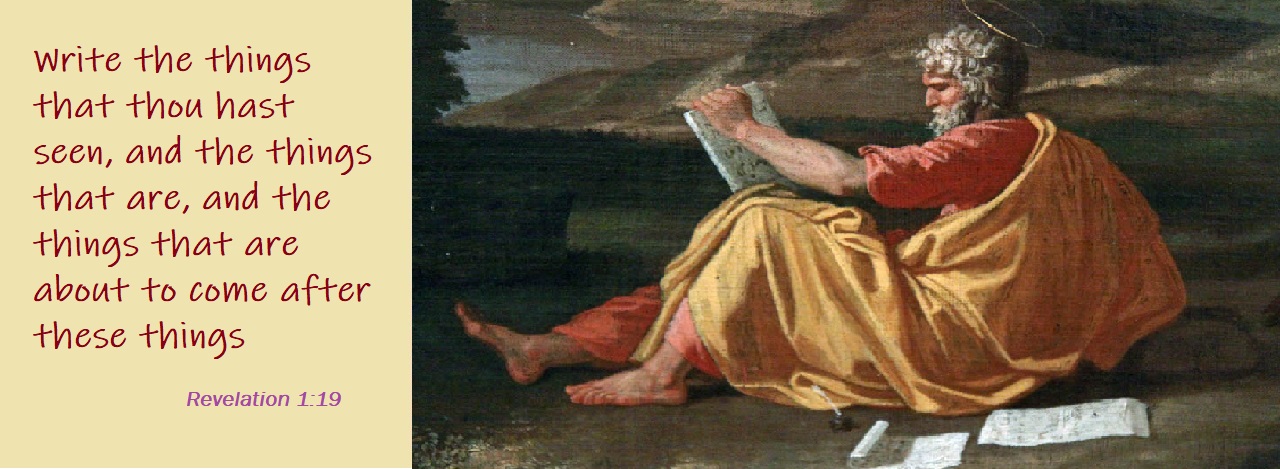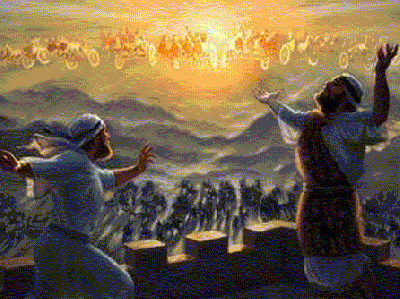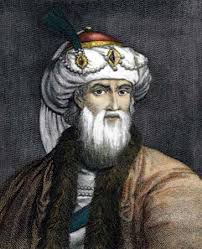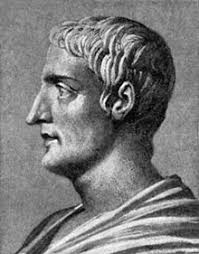
Biblical Evidence for the 1st Century Return of Christ
… parousiafulfilled.com
“The revelation of Jesus Christ, which God gave him to show to his servants the things that must soon take place. He made it known by sending his angel to his servant John” (Rev 1:1)
“And he said to me, “These words are trustworthy and true. And the Lord, the God of the spirits of the prophets, has sent his angel to show his servants what must soon take place.” (Rev 22:6)
When we read the Word of God, it is important to remember that God spoke to humans in words that have meaning to humans. He does not deliberately set out to deceive and confuse us. The book of Revelation is a case in point… God sent his angel to tell believers about upcoming events. Revelation is NOT a riddle or a mystery; it’s a ‘revelation’, unveiling hidden things so that humans could discover and understand the upheavals and turmoils ABOUT TO happen.
The CONTEXT of the book is the ancient world of the 1st Century AD. The PRIMARY AUDIENCE, to whom the letter is addressed, is seven real historical churches in Asia Minor (today’s Turkey) c. AD 62. It is not addressed to unknown people in some vague time 2000 years later.
The book of Revelation is a message from Jesus, speaking to real historical believers, encouraging them in their faith and perseverance, by unveiling “things that must soon take place” [Gk: ἐν τάχει : en tachei : quickly] (Rev 1:1, 22:6)
[Note that those two verses (Rev 1:1, 22:6) are like two bookends, holding together the message that the prophesied events would all take place “SOON” … within that generation in the 1st Century! 1 ]
And just to emphasise the imminence of all these prophesied events, Jesus says: “… for the time is near” [Gk: ὁ γὰρ καιρὸς ἐγγύς : ho gar kairos engys : for the time is near] (Rev 1:3)
Furthermore, Jesus reveals some specific persons who would experience his parousia (aka “Second Coming”):
“Behold, he is coming with the clouds, and every eye will see him, even those who pierced him.” (Rev 1:7)
Note that the phrase: “those who pierced him” is alluding to the last wicked generation of Old Covenant Israel, the people WHO ACTUALLY MURDERED THEIR MESSIAH. They would live to see him return in power and glory.
Then, in the final chapter of the book, Jesus repeats the warning that all these events are imminent, saying three (3) times: “I am coming SOON” [Gk: ταχύ : tachy : quickly] (Rev 22:7,12,20) 2.
Clearly, the book of Revelation prophesies a “soon” parousia, coming “quickly”, during the lifetime of the disciples to whom the book was originally addressed, and it also indicates that even his killers would live to see him return.
If Jesus still has not returned, then why would he say that “even those who pierced him” would SEE HIM? And what would be the point of giving false hope and confusing ’soon’ statements to the poor suffering and oppressed 1st Century believers to whom the book of Revelation is addressed (ie: the primary audience)?
Either words have meaning to their primary audience (ie: “soon” means “soon” and “quickly” means “quickly”) or words have no real meaning and humans can learn nothing from scripture.
History records that, just as Jesus predicted, the wrath of God fell upon the last wicked generation of Old Covenant Israel, at the parousia coming of the Son of Man in AD 70.
Furthermore, Flavius Josephus 3, a 1st Century Jewish historian, records that people in Jerusalem and other Judean cities actually witnessed a phenomenonal vision of angelic armies “coming on clouds” during the Roman siege of Jerusalem in AD 70:

‘… a few days after that feast,’ … on 21st day of Artemisius [Jyar]… ‘a certain prodigious and incredible phenomenon appeared; I suppose the account of it would seem to be a fable, were it not related by those that saw it, and were not the events that followed it of so considerable a nature as to deserve such signals; for, before sun-setting, chariots and troops of soldiers in their armour were seen running about among the clouds, and surrounding of cities. Moreover, at that feast which we call Pentecost, as the priests were going by night into the inner [court of the] temple, as their custom was, to perform their sacred ministrations, they said that, in the first place, they felt a quaking, and heard a great noise, and after that they heard a sound as of a great multitude, saying, “Let us remove hence”.’ (Wars, 6-5-3, paras 297-299)
Roman historian Cornelius Tacitus 4 also recorded these strange events in Jerusalem (Histories, Book 5, v. 13)
Just as Jesus predicted, “even those who pierced him” actually witnessed the visible spectacle of his parousia coming with power and glory in AD 70.
Read more on the prophesied “imminence” of the parousia (“Second Coming”) of Christ in these articles:
NB: “Unless Otherwise indicated, all Scriptures are from the Holy Bible, English Standard Version, copyright © 2001, 2007, 2011, 2016 by Crossway Bibles, a division of Good News Publishers. Used by permission. All rights reserved.”
1… The Greek phrase “en tachei” (Rev 1:1, 22:6) is rendered as “SOON” in these bible translations:
2… The Greek word “tachy” (Rev 22:7,12,20) is rendered as “SOON” in these bible translations:

3… Flavius Josephus (circa 37‐100 AD) was a Jewish priest, scholar, historian and active participant in the final decades of ancient Israel (Judea). He was also an aristocrat, a Pharisee, a military commander and politician, who wrote extensive accounts of his life and Jewish history, including a detailed account of the Jewish War against Rome. He was an eyewitness of the horrors and abominations (which he tried to stop) during the Roman siege of Jerusalem (AD 70).
Flavius Josephus

4… Cornelius Tacitus (circa 56‐120 AD) was a Roman orator, public official and historian. He wrote “Annals”: a history of the Roman Empire from the reign of Tiberius (14 AD) to the end of Nero’s reign (68AD). He also wrote “Histories”: a Roman historical chronicle (written c. 100‐110 AD), covering the period from the fall of Nero (AD 68) to the end of Domitian’s reign (96 AD).
Bust of Cornelius Tacitus
copyright © 2019‐2023 Kenneth Higgs ‐ ParousiaFulfilled.com ‐ v2.01